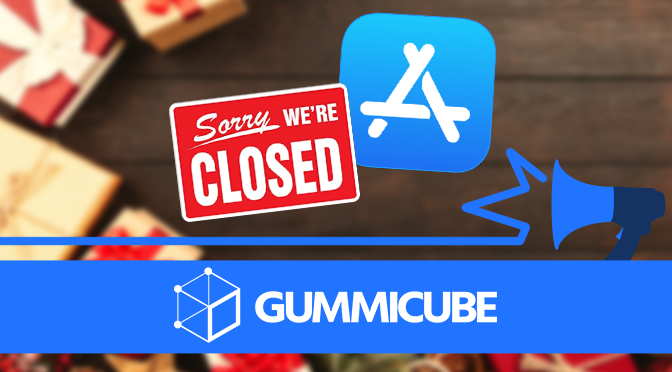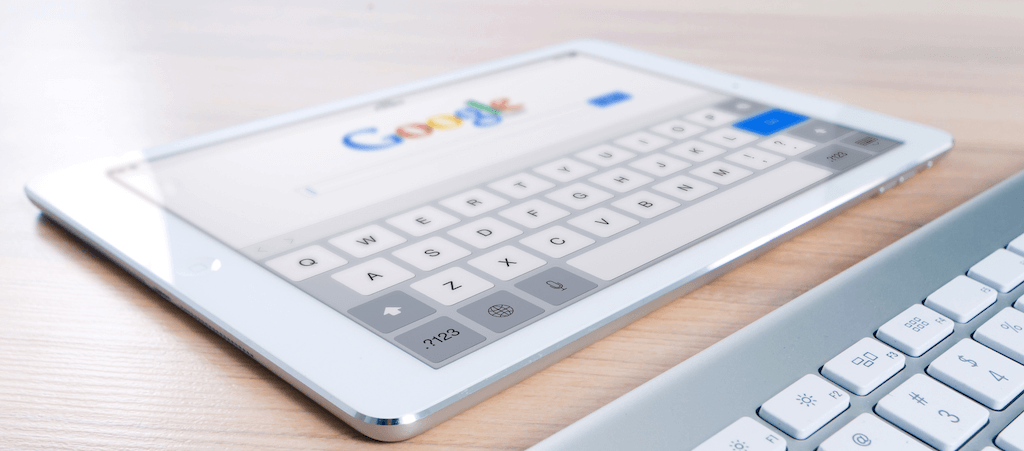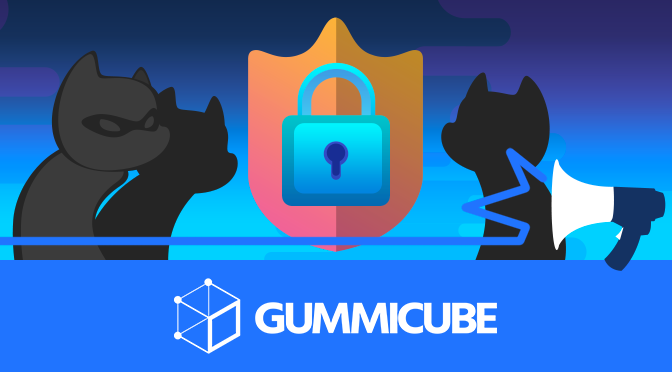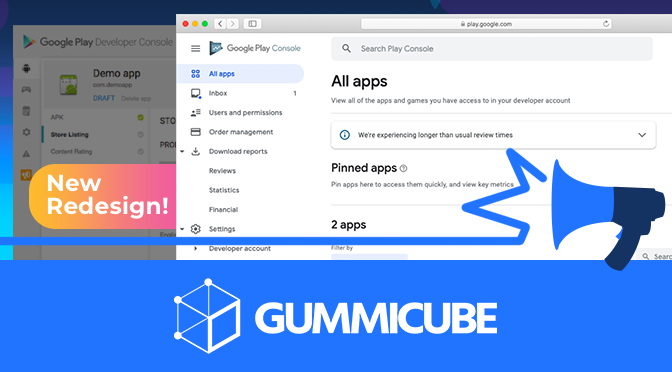
App Store Holiday Schedule 2020
Posted on November 23rd, 2020
When is the App Store Holiday Schedule 2020? Learn about the dates of this year's shutdown and how to prepare.

On September 15th, 2017, Google shook up the mobile marketing world and announced that AdWords will be moving all app install campaigns to a new Universal App Campaigns (UAC) format. This means that Google will no longer support standard mobile app install campaigns across their search and display networks. If marketers want to drive mobile traffic via AdWords, they will only be able to run UAC. With Universal App Campaigns (UAC), marketers can promote their mobile app across multiple AdWords channels like Google Search, Google Display Network (GDN), YouTube, and the Google Play Store. The push to move to a UAC only platform was meant to simplify ad creation and optimize the user acquisition process for marketers through automation and machine learning. In theory, all marketers must do when setting up AdWords UAC is to upload creatives (images and videos) and add different text based advertisements to a campaign. It is recommended to add in as many creative variables as possible in order for Google to create a relevant ad for every possible combination. However, the move towards automation and simplification has created a huge black hole in the world of AdWords mobile installs. Most marketers were utilizing mobile app installs campaign to target specific keywords to understand the value of each term and the impact it has on their app. The removal of exact match keywords campaign removed any insights developers had in navigating Play Store AdWords campaigns, leaving them to navigate in the dark. On top of that ground-breaking change, marketers have to also be aware of several additional factors to ensure that they can have a successful UAC campaign. For example, to fully capitalize on AdWords UAC, marketers must ensure that they have the content for all the requested fields to display and convert effectively on all the channels that UAC targets. If marketers don’t have video assets to promote their app, then they won’t be able to advertise on YouTube. Unfortunately, the same thing goes for GDN – images are mandatory to run Display Ads. The ability to simply create one campaign and optimize it across various channels is gone – Universal App Campaigns (UAC) a total game changer. Even though Google has already taken steps to simplify the ad creation process, starting a UAC campaign can be daunting. When it comes to setting up a successful UAC campaign, consider these factors before diving in head first: 1. Choosing the Wrong Type of UAC to Run Choosing the wrong type of UAC can make or break a campaign. It is undeniably just as important as understanding which key metrics to use to track the success of the campaign. The two options are, UAC Installs and UAC Actions. UAC Installs: The goal of this option is solely to drive in as many users as possible, regardless of the quality of the user. This subsequently means that the cost is based on per install (CPI), and users are not measured on their ability to complete an action such as registration or leveling up. UAC Install is the most ideal campaign to use if the objective of the campaign is to maximize app installs and the quality of the user is not of high importance. UAC Actions: On the other hand, the algorithms of UAC Actions do depend on the quality of the users and whether they have the tendency to complete a targeted action. In short, this option focuses on in-app events, or what users do once they have downloaded an app. This means that the fees are cost per action (CPA) based and are reliant on how each action is valued for the advertisers.
This cannot be said enough: NEVER set up this type of campaign without using conversion tracking. Google uses targeted CPIs/CPAs for bidding. Hence if the conversion tracking breaks, the algorithm can’t work properly. If this happens, the campaign must be restarted and learning must take place all over again – costing time and money. Without conversion tracking app developers are wasting their time and money anyway. Tracking provides insights on the actual campaign cost, ROI, retention rate, and much more based on the attribution tool that is being used. Nobody ever wants to see a resource wasted, so make sure to set up attribution tracking sooner rather than later.
There are a couple of factors to consider when setting a budget and a targeted CPA for UAC. Although the daily budget may be set to a certain amount, the algorithm will take that daily budget and calculate the spending totals across one month. Don’t panic if there is a single day with high or low spending. Google will readjust the budget over the course of the month to ensure you do not exceed your max spend. Another tip for budgeting with UAC is to not be reactive and change the budget and CPA too frequently. Frequent changes impact the algorithm and cause traffic to stop flowing into the campaign, meaning the app loses visibility. The best-case scenario is that it would take longer for the algorithm to adjust to changes in the campaign. The worst-case scenario would be that the campaign needs to be paused and then re-launched from scratch.
The most anticipated, and possibly one of the best features of UAC, is the Creative Assets Report. This report provides insights into how the ad texts, images, and videos are performing. Google rates each asset as “Low,” “Good,” “Best,” or “Learning.” If an image or a video is rated as “Low,” it is worthwhile to test the other assets to see if they can improve the conversion rate. Be sure to incorporate combinations of video or image sizes, as each one impacts performance. Sometimes landscape images and videos will perform better than portrait ones. Performance depends on what engages best with the targeted audience. Take advantage of these reports and monitor performance to get insights on how often UAC picks one asset over another when displaying ads.
UAC is constantly learning by way of trial and error and it optimizes user acquisition through automation and machine learning. Once a campaign launches, it takes anywhere from 7-10 days to complete the learning process. It is best to wait for the algorithm to finish learning prior to making any changes. Be sure to take it slow and not apply too many changes in a short period as this can have massive negative repercussions on the campaign. Avoiding these common mistakes can save a UAC campaign from failing and increase conversion and app installs.

When is the App Store Holiday Schedule 2020? Learn about the dates of this year's shutdown and how to prepare.

Apple's App Store Guidelines have strict privacy requirements. Developers now must provide information to users on the App Store listing regarding the data they access.

The Google Play Developer Console has been updated with a new design and adjusted tools. What's different, and how will it impact App Store Optimization?